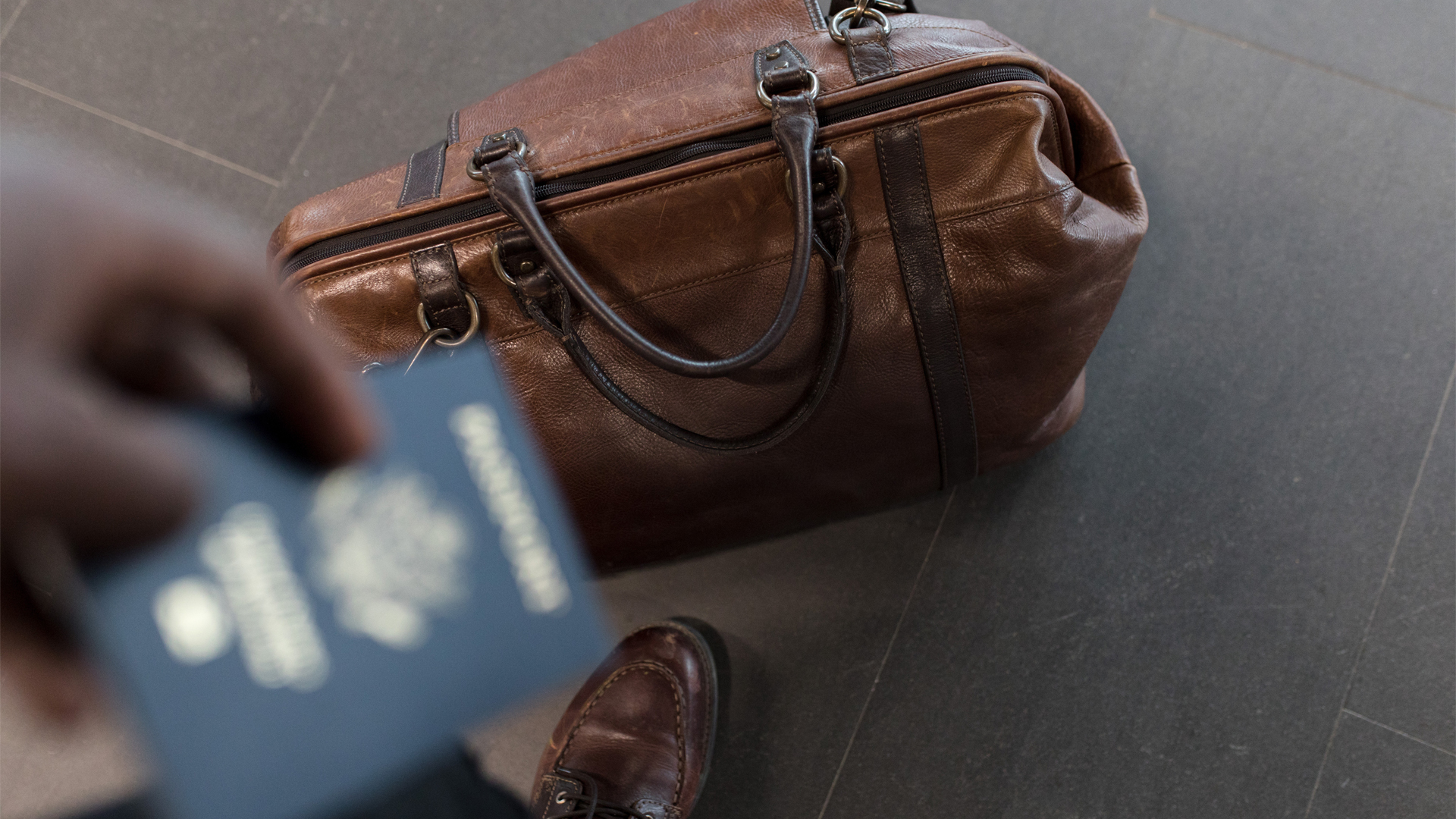Italy is home to many prestigious, world-renowned universities that offer amazing study opportunities. While college abroad may seem like a lofty pipe dream, getting your degree in the country is easier than you think, with many universities offering entire programs in subjects ranging from medicine to fashion studies…all taught in English! In fact, there are over 800 courses in which this is the case.
Not only is this great news, but the cherry on top is that studying in Italy is also much more affordable than in the US. There, public university tuition is calculated based on your income, with the average student paying anywhere between €900 to €4,000 ($970 to $4,300) per year.
Have we piqued your interest? If so, keep reading to learn how you can live the dream of pursuing a university degree in Italy!
Finding a Program

To find the perfect program for you, it’s important to consider which city you’d like to be, as well as the field of study you’re interested in pursuing. You can usually filter programs by language of instruction on universities’ websites or simply by looking for a category such as “degree programs in English”. And if you have any questions on specific requirements, contacting the program advisor listed on the university’s website would be your first step in beginning the pre-application process.
Some universities that are popular with international students include the University of Bologna, Politecnico di Milano, Sapienza University of Rome, University of Padua, University of Pisa, and Politecnico di Torino. Applications for study programs in Italy are usually due anywhere between July and November, so it’s best to consult the specific university you’re interested in, as application periods may vary. However, be sure to start researching programs well in advance, especially as a non-EU resident.
Securing Your Study Visa

Speaking of being a non-EU resident, to study in Italy, you’re going to need a student visa. And as an American, this means you’ll be applying for a visto Nazionale D (National Visa D). To have a better grasp of the visa timeline as well as what documents/forms you’ll need for your application, it’s best to contact your nearest Italian consulate. US cities that have them include New York, Boston, Chicago, Detroit, Philadelphia, Houston, Los Angeles, Miami, San Francisco, and Washington DC.
Student Housing in Italy
You’ll want to have housing lined up before you make your move to Italy. Luckily, many universities’ international offices will assist you in this process, whether it’s setting you up in university housing or providing resources for finding private accommodation specifically for students.
Most students in Italy share an apartment and enjoy their own private room, as it’s much more affordable. For a better idea of what’s on the market and what you can expect to pay for student housing in a particular city, websites such as Uniplaces or Idealista are great platforms for finding a place. It’s important to note that the cost of housing varies by location, with cities like Milan or Rome being more expensive than cities like Turin or Perugia. But overall, you can expect to pay anywhere from €250 to €600 (about $270 to $645) per month for a shared student apartment.

At an Italian university, you’ll be immersed in a diverse environment where you have the opportunity to meet like-minded people from all over the world, and the skills you gain from your academics and adventures abroad will no doubt give you a competitive edge in the job market. Expect to create unforgettable memories that’ll last a lifetime!
Emily Rascon
Emily Rascon is from San Diego, California and is currently in the process of completing her Masters in Human Geography through the Johannes Gutenberg University of Mainz. She has always had a passion for traveling and learning new languages, having lived in Germany and now Italy. Emily loves reading books, going hiking, and of course, practicing her Italian! In addition, Emily enjoys creating content on TikTok, where she documents her life abroad and encourages people to find the confidence to pursue their inner wanderlust.

